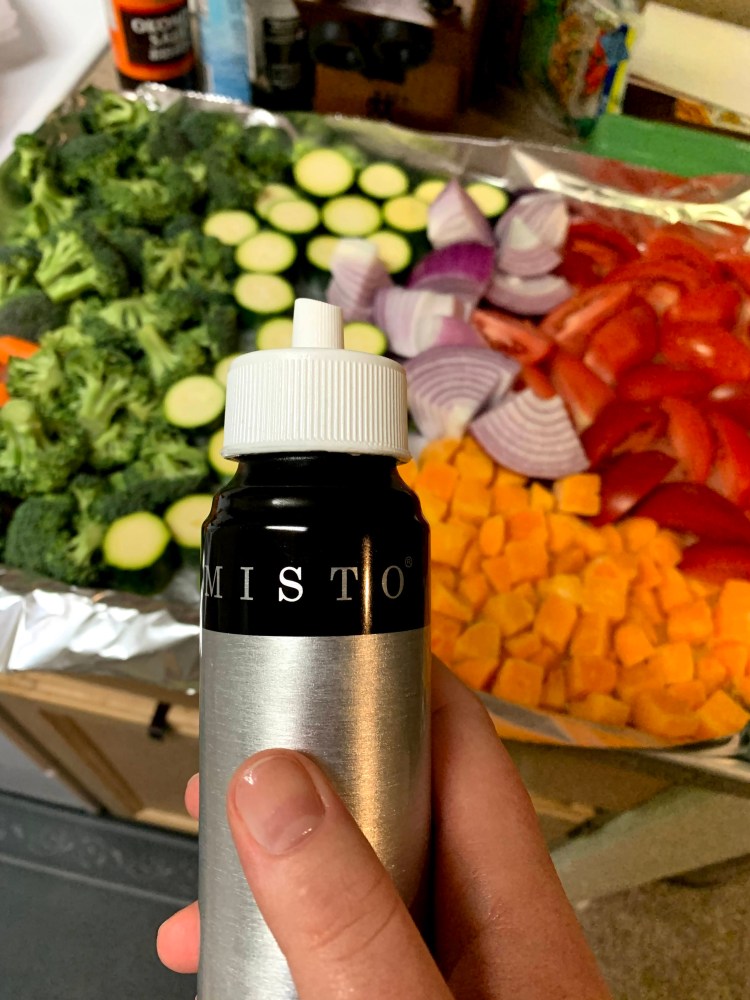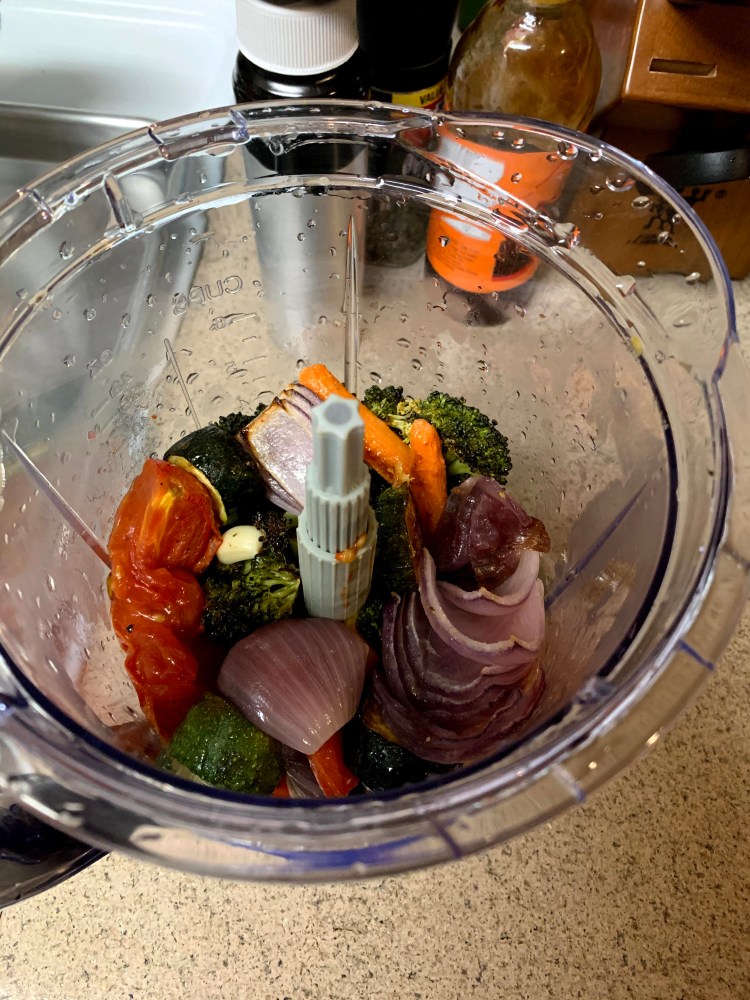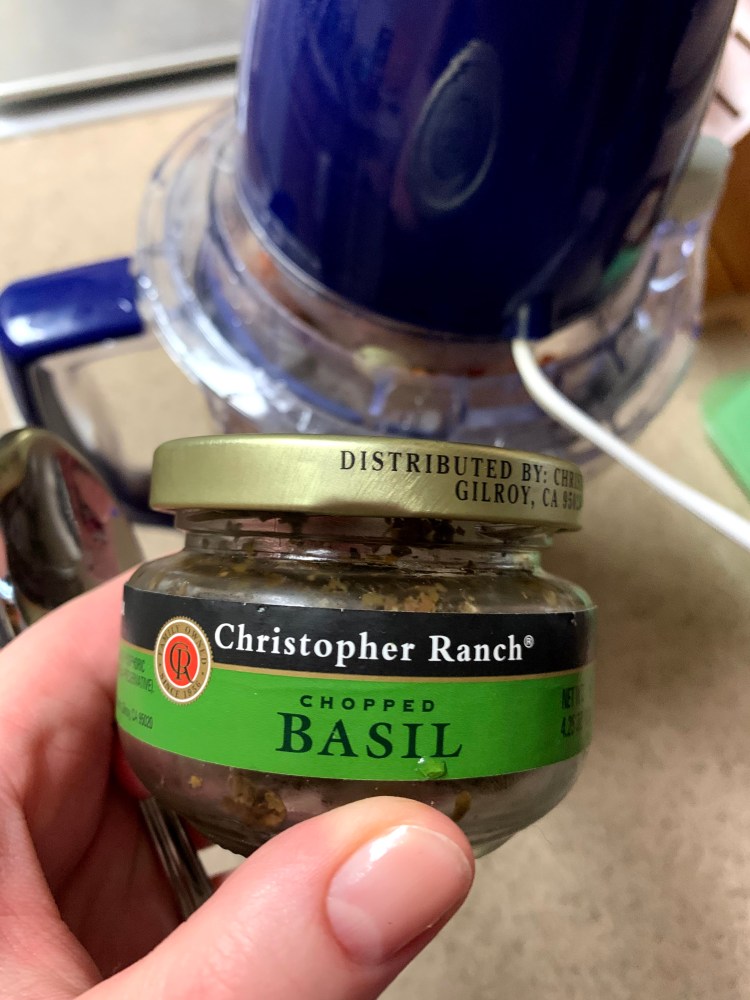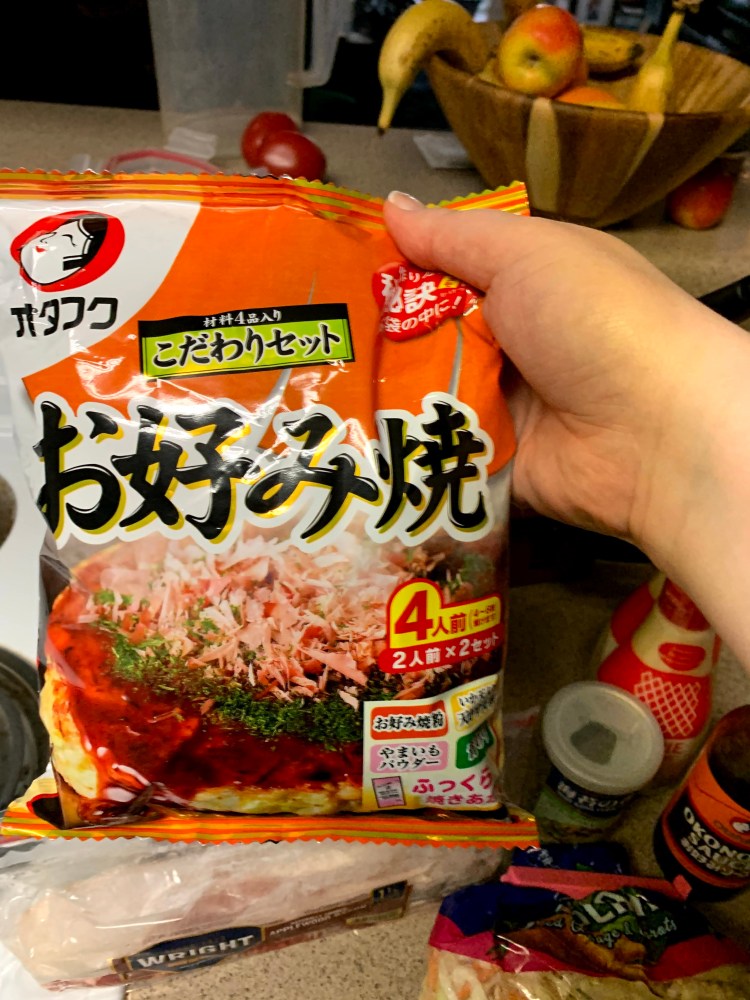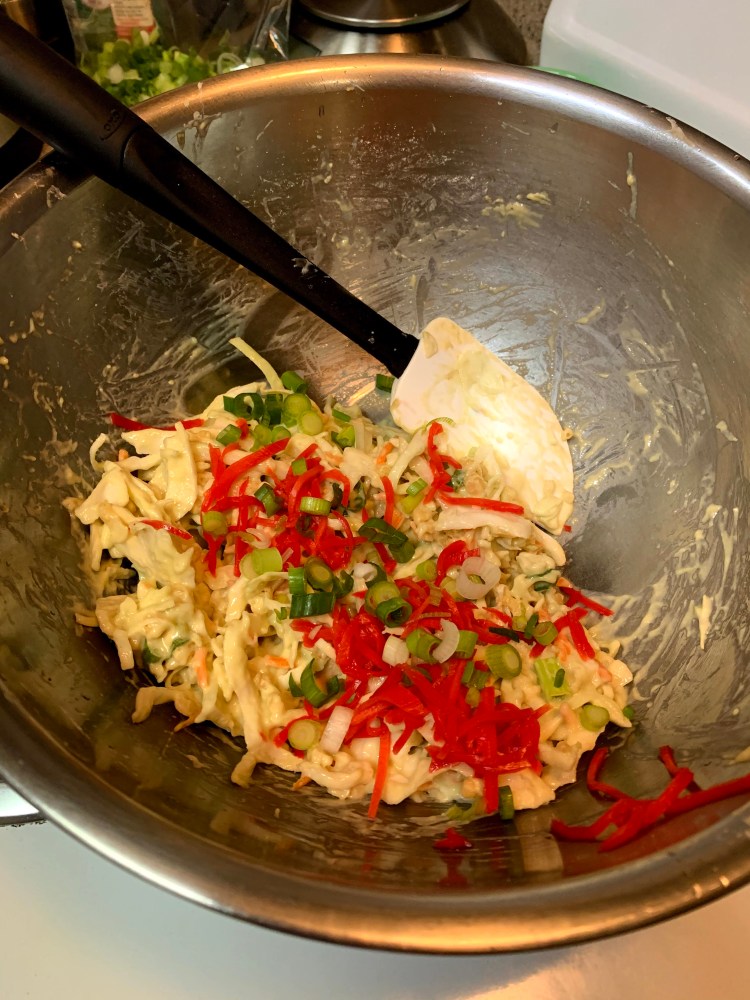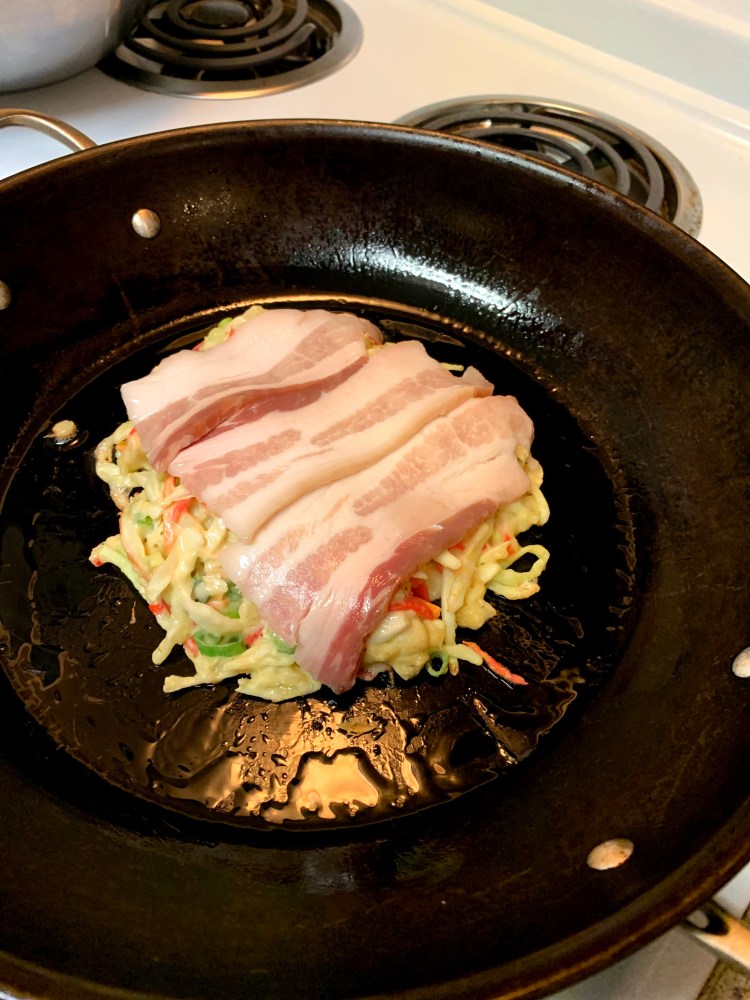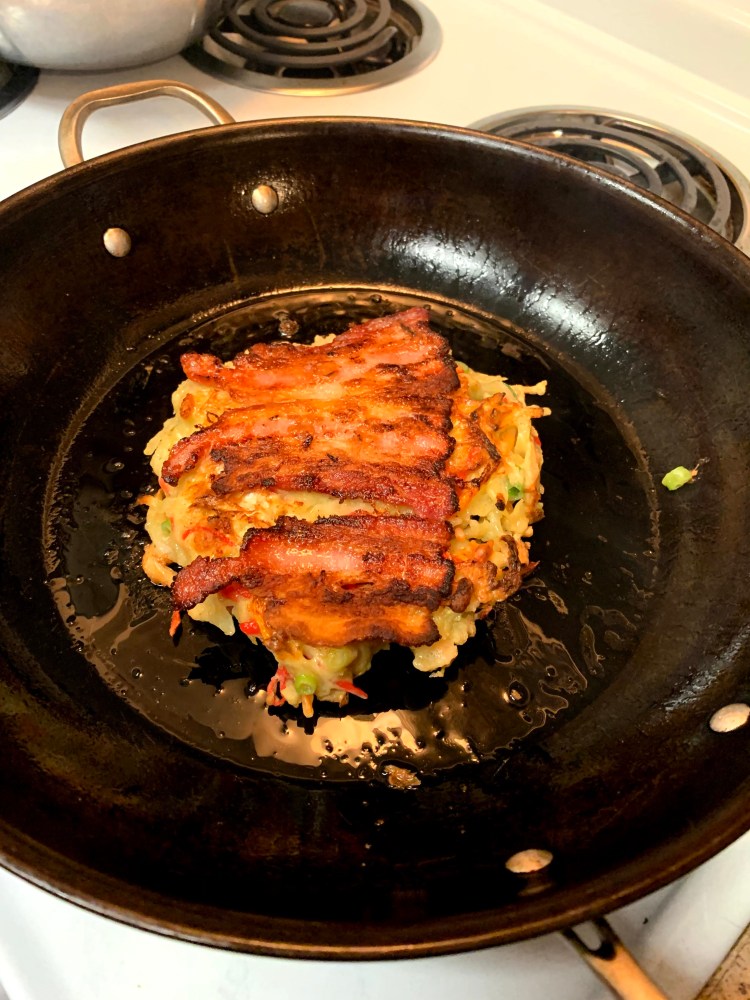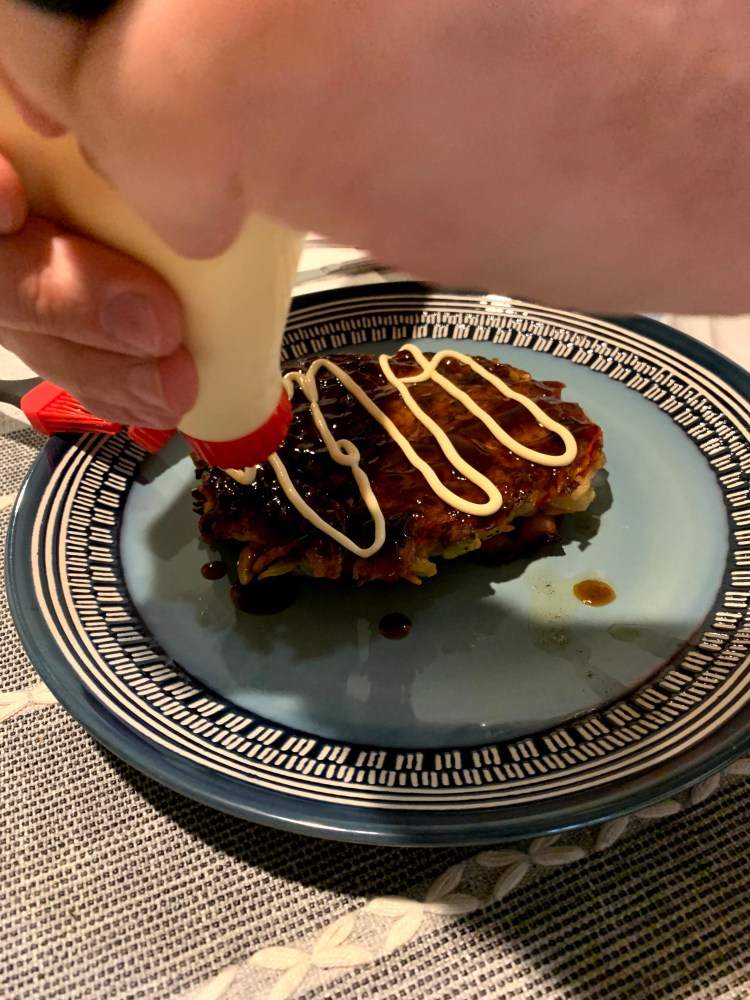
When I was a small kid I was bold and vehemently opinionated. I remember stepping between my large brother, who is 6 years older than me, and someone picking on him. I would readily argue with adults if they said something that seemed unfair. Everyone got an equal number of cookies at snack time as long as I had anything to say about it, and I shouldn’t have to be “it” every time we played tag, dang it! Fairness and justice, or my perception of them anyway, were paramount in my little world. As long as I wasn’t the one perpetuating the injustice, that is. Hypocrisy starts young, my friends.
Anyway, I remember pride and a somber feeling washing over me as I picked up my first protest sign and walked the sidewalk in downtown Denver with my grandparents, pleading for laws to be changed so the lives of unborn babies could be saved. I felt like I was doing something that mattered. I was doing my part. I look back with respect and awe at the reverence that my little self was able to embrace.
I planned to influence the world, because what other option was there? If you see something bad, you change it. I wanted to be a catalyst for good change. I wanted to make the world see things my way, not because “I was right”, so much as because what I believed happened to be correct (a slight difference). And there were prescribed ways of making people see things my way: argue, lecture, and protest. I was very pragmatic about the whole thing. Since then, I’ve come far. I’m generally non-political and neutral when it comes to public conversations about political or social issues. You can read some more about that in my Pancake post.
My passion hasn’t changed much, it’s become stronger in ways, but the vehemency and method with which I express that passion have changed. The change has come with time, some from learning to care too much what people think of me, but more so through maturing and growth. I’ve changed most as I’ve learned more about Jesus and how he lived his life. I no longer feel an urgency to change people through debate, protest, and political activism. I do feel an urgency to love people (check out Love Does by Bob Goff, it made me uncomfortable in a good way). Loving is harder than arguing and protesting and it’s more beneficial.
I’m still moved to sorrow by tragedies like abortion, racism, sexism, trafficking, and abuse. The number of ways humans have found to harm one another is staggering and disheartening. However, in the public, political fight against injustice, I mostly see emotional grandstanding and self-promotion, and very little active, compassionate love for people. Emotional provocation encourages behavior modification, not moral or spiritual growth, and behavior modification is not permanent. Do we want to argue people into “change” so that they behave better and appear to be “woke”, but have the same rotten hearts? Or do we want to love people the way we have been loved so that they’re led by kindness to open themselves to change? Jesus called people who had nailed behavior modification white washed tombs. Pretty and clean on the outside, nothing but death on the inside.
Jesus was born amid social unrest the likes of which we have never seen. His people had been marginalized, enslaved, and abused for much of their history (Sadly, this is still true over 2,000 years later) and he lived under the rule of Romans occupying his homeland of Israel. He was of humble origins, from a small town, and worked as a manual laborer.
As he grew up he dealt with prejudice throughout his life and even became the target of a murderous king at the ripe old age of 2. The king heard that a Jewish deliverer had been born. He ordered all boys 2 and under to be executed because he was afraid of the “King of the Jews” growing up to overthrow him. Jesus’ parents had to flee with him and live as refugees in Egypt until after the king had died, and even then they were unable to live in their hometown.
As he began his public ministry when he was 30, more people started to recognize the fact that Jesus was the fulfillment of ancient prophesies about a Messiah, the promised deliverer. Their expectations weren’t far off from those of the murderous king’s.
The Messiah was expected to physically deliver the Jews from their oppressors. He was supposed to be a warrior and a political activist/visionary. I like to think that they anticipated a super-human, charismatic royal, like Clark Kent meets Prince Charming, who would overthrow the government and punish the oppressors.
In reality, the Messiah, God incarnate, came as a baby born in a cave while his parents were on a government-mandated donkey-powered road trip. Anticlimactic much?
Jesus grew to be a normal, peaceful, well-educated carpenter and although he was controversial, he basically ignored politics and government leaders except to tell people to pay their taxes.
Rather than overthrow the powers-that-be he hung out with lots of different kinds of people including fishermen, doctors, soldiers, sick people, political figures, tax collectors, who were like despised, sleazy used car salesmen/con artists, and not only women, which was taboo in and of itself, but also prostitutes.
Jesus didn’t orchestrate a social movement or go to war; he hung out with pariahs.
He wasn’t liberal, he wasn’t conservative. I wouldn’t even say he was neutral because it was more than just not choosing sides. He was altogether politically unconcerned. Religiously, though, he was a revolutionary. The Jewish religious leaders would try to trick him into choosing a side of the religious divide by asking him loaded questions, and he would simply give answers that highlighted how absurd the questions were. It pissed them off, and they killed him for it.
He was thoroughly educated in Jewish theology and doctrine and addressed crowds, small and large, with stories (parables) and sermons that challenged the widely-accepted concepts of God, morality, and love. He miraculously healed physical, spiritual, and mental illnesses. Along the way, he supernaturally created more wine for wedding receptions and meals for crowds of thousands, because parties and food truly are important too. He never once staged a protest or called for the government officials to be thrown out.
He was not only God, but also human. In his humanity he had parties with his friends, he was moved with strong, gut-wrenching compassion for people who were suffering, he cried when his friends died, he took care of people around him, he set boundaries and put people in their place when he needed to, he loved his mama. He was emotional. Most importantly, he didn’t use that emotion to manipulate people into behaving differently.
He taught people how to actively love. That was radical. Radical enough that he was murdered because of it.
One of his closest friends literally sold Jesus’ whereabouts to those conspiring to kill him, and his fellow Jews, who had thrown him a big parade a few days earlier, took advantage of unrelated political unrest to publicly and heinously mock, torture, and murder him. All because he refused to perpetuate spiritual oppression and behavior modification and chose instead to love people.
Jesus fulfilled all of the prophecies of the coming Messiah,yet he wasn’t anything like what the Hebrews expected their Messiah/savior/redeemer/superhero to be. He definitely didn’t do what he was “supposed” to do.
Love is a verb, not a noun. Jesus living this way has changed me. He built relationships, he ate with people, he got to know their names and their stories. He created community in varying levels of intimacy. He was kind. He highlighted the fingerprint of God in people–the Imago Dei. He stood up for what he believed in, but he didn’t lead revolts. He relied on God, not societal norms or expectations, to give him strength and direction. He loved people, even when it was difficult. He was unpredictable and unconventional.
In a world filled with unfathomable injustice, prejudice, violence, and bigotry he often took time to relax, and eat. He was a normal person, people bashed him for it, and he just brushed them off. Why? I can’t know for sure, but I think it’s because he knew where the real change would come from. He didn’t want to manipulate or shame people into behavior modification, he wanted people to have a change of heart, and make the right decision on their own. That’s not to say he didn’t have moments of passion and conflict, because he did. But he made more of an impact by connecting with people.
Am I saying it’s wrong to be an outspoken activist? Absolutely not. Am I saying we shouldn’t stand up for what is right? Absolutely not. What I am saying is that for me, it makes better sense to just live my life, and encourage change through my behavior, just as I know Jesus did in his life on Earth. That doesn’t mean I won’t hold others accountable, but it does mean that a relationship should precede the accountability. And my energy is better spent getting to know people, not telling them how wrong they are.
I’m still passionate about making the world a just place, but I want to do it with a smile, a yummy meal, a board game, and connecting over what I have in common with people, not arguing over what we disagree about.
I want to show people how Jesus lived. I don’t know anyone who has ever become more like Jesus because someone argued with them. I do, however, know people who changed because someone befriended them, and through the relationship, they were both encouraged to be better, to love better. Because heaven knows, we all need someone to show us how Jesus lived.
Until next time.
Noelle
P.S. I paraphrased a lot of stuff from the Bible in this post. If you’re interested in reading about Jesus’ life, you can read more about it in any one of the books Matthew, Mark, Luke or John in the Bible. They’re all different eye-witness accounts written by different men, so they differ slightly from one another. Ignore the verse markings and headers, they just add confusion and are not in the original text. I prefer the Message translation because it reminds me more of a story and less of Sunday School.


